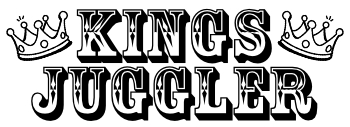Bearing vs Fixed Axle Diabolos - Which is the best?
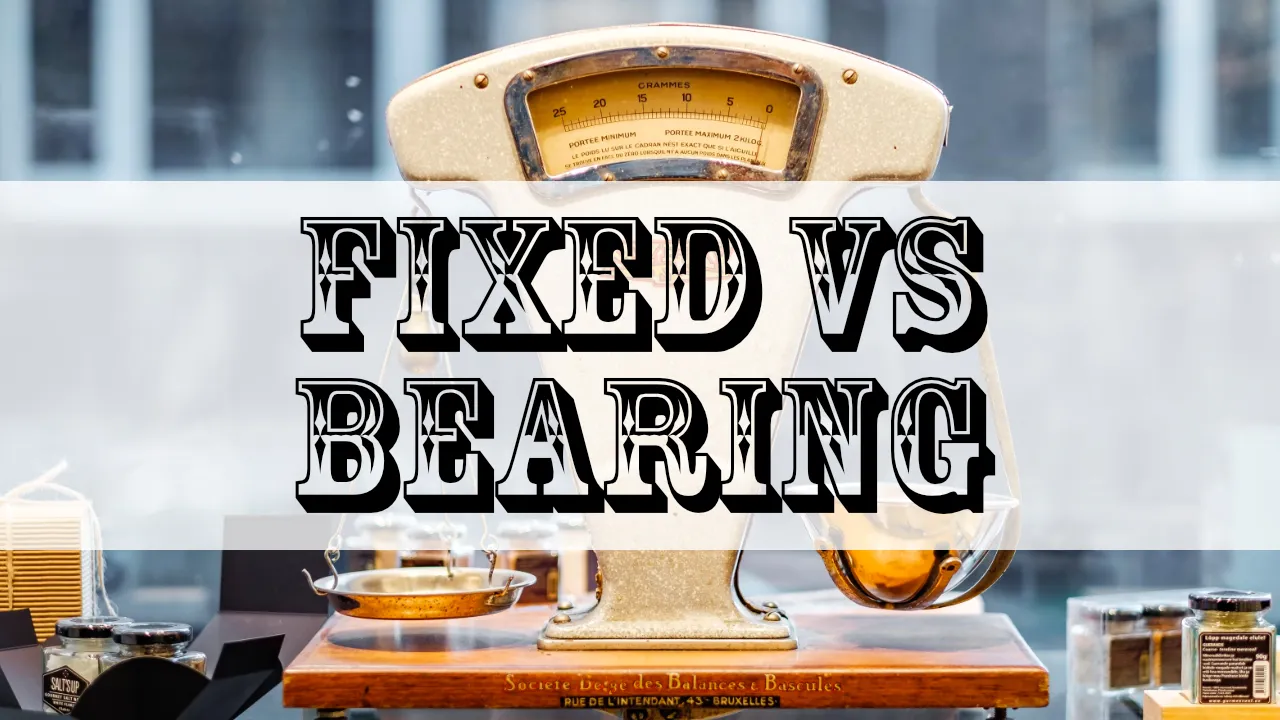
- Fixed Axle Diabolos - The basics
- Bearing Diabolos - Spin baby Spin!
- Why would anybody want a Fixed Axle Diabolo?
- Learn to Control the Diabolo with a Fixed Axle
- The Manual / Automatic Car Analogy
- Pricing - Fixed vs. Bearing
- Fixed Axle Diabolos Disadvantages
- Increased String Friction
- Which Diabolo is easier to use?
- Single-Handed Diabolo Spinning
- Which Diabolo is easier to get up to speed (Acceleration)?
- Comparison table of Bearing and Fixed Diabolos
- Let's Sum Things Up!
The age-old question of which Diabolo type is the ‘best’, and unfortunately I am not here today to answer that question with 100% accuracy.
So why write about it, Kevin? Well, the choice in which style of Diabolo will really depend on you - yes you.
There are 2 main types of Diabolos to choose from:
- Fixed Axle Diabolos
- Bearing Diabolos
Fixed Axle Diabolos - The basics
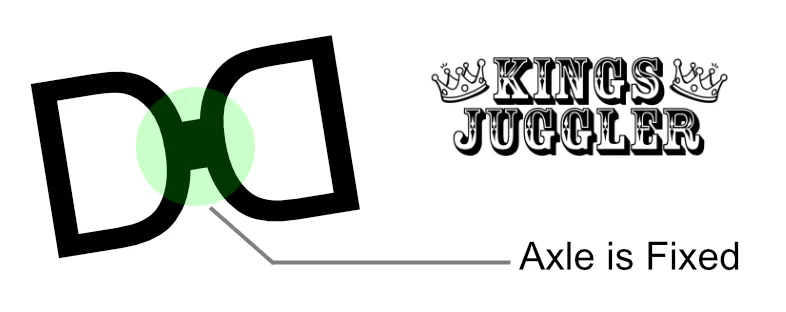
Fixed Axle Diabolos are quite simply 2 cups, an inner section - all put together that you the juggler can rotate with the motion of the string. If you stop moving your string, the diabolo will slow down due to friction.
Think of it like your very first bike with plastic wheels (I may be showing my age here a little!). My very first bike had plastic wheels, and the pedals would be “fixed” to the wheel. The wheel turns, the pedals turn, and consequently when the wheel stops… so do the pedals.
Bearing Diabolos - Spin baby Spin!

Bearing Diabolos look the same as Fixed Axle Diabolos, however, they have a special trick up their sleeves - they keep spinning even when you're not moving the handsticks (the Diabolo spins on the bearings).
So going back to my bike analogy, think about a regular mountain bike, you pedal like crazy building up speed then as the fatigue sets in, you stop peddling - your wheels keep moving. If you want to build up more speed, you start peddling again.
This is the same as ‘Bearing Diabolos’, you move the sticks in a way to build up speed, and even if you stop - the Diabolos keep on spinning!
Why would anybody want a Fixed Axle Diabolo?
So now you're up to speed on what each type of Diabolo there is, it does appear there is a clear winner in which Diabolo you should be purchasing - wrong.
On paper, bearing Diabolos looks much more superior when compared to their fixed axel counterparts, and more often than not, brand new users will often take the easy road when learning a new act.
Learn to Control the Diabolo with a Fixed Axle
Like my first bike, yes it would have been great to start out with an all-singing, all-dancing bike - but what that first bike taught me was “control”. This is the exact same reason I highly recommend new users to learn how to ‘diabolo’ by starting out with a Fixed Axle toy.
Once you master the art of Diabolo with a fixed axle, a bearing-based diabolo will feel like a walk in the walk. You will have mastered the best technique, the correct amount of power, and more importantly - the muscle memory to keep your Diabolo spinning for longer.
The Manual / Automatic Car Analogy
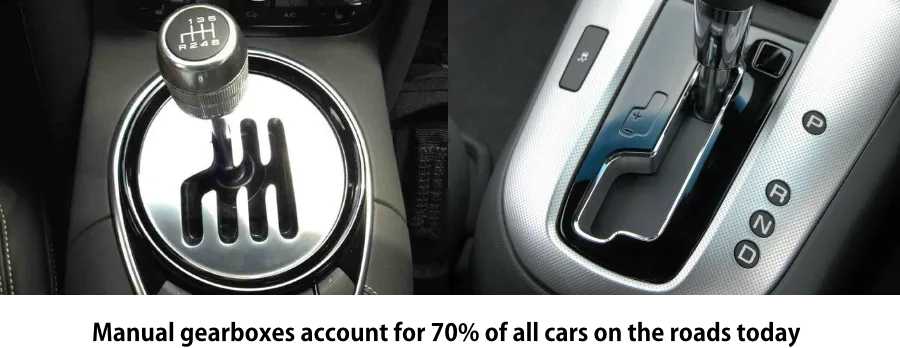
When learning to drive, we are given the options of:
- Manual Gearbox
- Automatic Gearbox
Most people will learn how to drive using a Manual gearbox, in fact - manual gearboxes account for 70% of all cars on the roads today (source).
If Automatic cars are so much easier to drive, why do people learn Manual - it's because it allows us to choose.
If you pass your driving test using an automatic gearbox, you're not allowed to drive a manual gearbox. However, if you pass your car using a manual gearbox, you can drive both a manual and automatic car.
Diabolos are the same (well - you're not restricted by law), but if you master the Fixed Axle Diabolo, then a bearing Diabolo will be a piece of cake. However, if you only learn how to use a Bearing Diabolo - a Fixed Axle Diabolo will be close to impossible to use - without re-learning the technique.
Pricing - Fixed vs. Bearing
Quite simply, a Fixed Axle Diabolo is cheaper to purchase than a Bearing Diabolo. So if cost is a deciding factor for you - then stick with Fixed.
Why? I hear you ask, well it all comes down to parts. It's much easier, faster and cheaper to manufacture a fixed axle toy, compared to one with bearings inside.
| Diabolo | Type of Axle | Price |
| Juggle Dream LED Cyclone Quartz II Triple Bearing Diabolo | Triple Bearing | £39.99 |
| Juggle Dream LED Lunar Spin Fixed Axle Diabolo | Fixed Axle | £24.99 |
As you can see from the table above, a similar Diabolo has a 46% increase in price.
Fixed Axle Diabolos Disadvantages
Just as everything in life has its drawbacks, what seems to be the ideal starter Diabolo also faces the challenge of friction.
Increased String Friction

As mentioned previously, in order to keep the Fixed Diabolo spinning requires the constant movement of the Diabolo string around the diabolo spindle.
During some of the most basic Diabolo tricks, the Diabolo will be left spinning on the string, creating… friction.
Whilst this might not be a large issue for the beginner Diabolo user - those who are working on new tricks, and getting to grips with maintaining spin will experience the gradual degrading of their Diabolo string.
Like brake pads in cars, once you start to add friction to a rotating object, the weaker of the 2 materials will degrade and will need to be replaced.
Tip: Using a high-quality Diabolo string can help increase the longevity.
Which Diabolo is easier to use?
Like anything, ease of use is subjective, however straight off the bat Fixed Axle Diabolos are easier as they do not have a “left” or “right” hand side. This really isn't a deal breaker for me at all, it's all about what you get used to.
Single-Handed Diabolo Spinning
Once you have your Diabolo spinning, the Bearing Diabolos win hands down. Not only will they keep on spinning, but I find tricks are much easier to perform if the Diabolo continues to spin whilst I'm holding both sticks in 1 hand whilst revving up the audience with the other.
Which Diabolo is easier to get up to speed (Acceleration)?
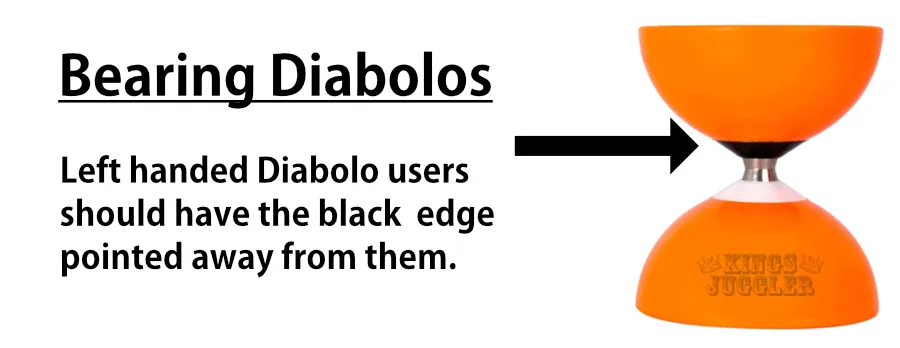
The Bearing Diabolo also takes a pole position - like my bike analogy, you keep adding more speed due to the lack of friction from the Diabolo string.
Comparison table of Bearing and Fixed Diabolos
I find table data much easier to read when deciding on a product, so I've prepared a little table below which summarises each of the above points.
| Item | Winner |
| Which Diabolo is lighter? | Fixed Axle |
| Which Diabolo offers the best Acceleration? | Bearing |
| Which Diabolo is the cheapest? | Fixed Axle |
| Which Diabolo will make my string last longer? | Bearing |
| Which Diabolo is best for muscle memory? | Fixed Axle |
| Which Diabolo is best for Tricks? | Joint Winner |
| Which Diabolo will give me the best arm workout? | Fixed Axle |
| Which Diabolo is the noisiest? | Personal Choice |
Let's Sum Things Up!
Having a Fixed Axle Diabolo will set you on the right path to not only learning the Diabolo, but will create core muscle memory if you decide to upgrade your Diabolo equipment in the future.
If you're passionate about learning to Diabolo to the full extent, I can't stress enough that learning how to use both Fixed Axle and Bearing Diabolos - this will certainly ensure any tricks you want to learn will be 100% accessible.
The rule for me is simple: 1st time Diabolo User - Learn using a Fixed Axle Diabolo.
If you want to increase your Diabolo skillset, go for Bearing.
we may earn a commission if you click through and make a purchase.

